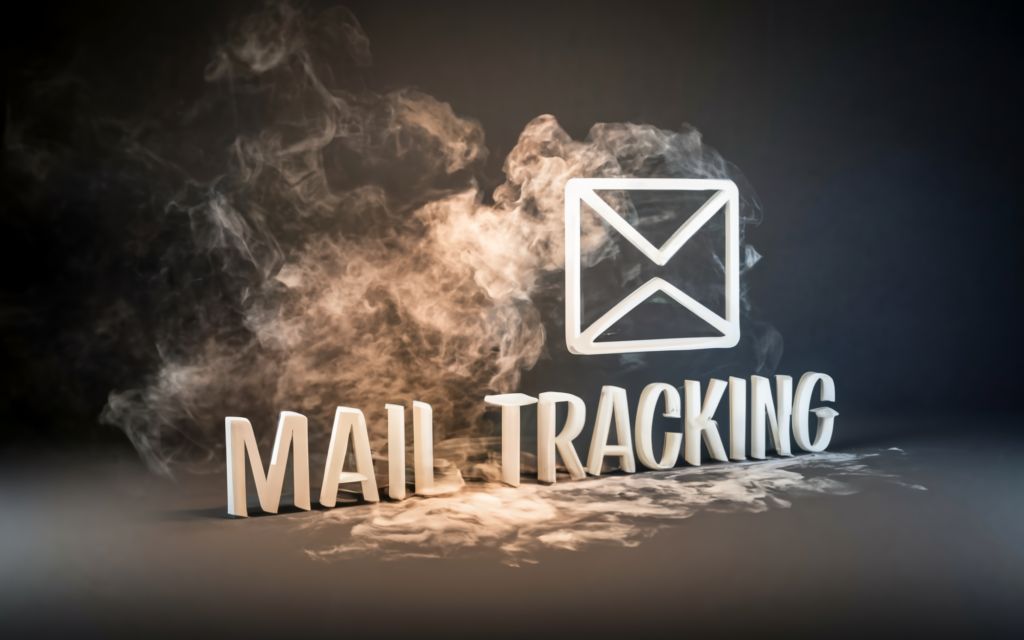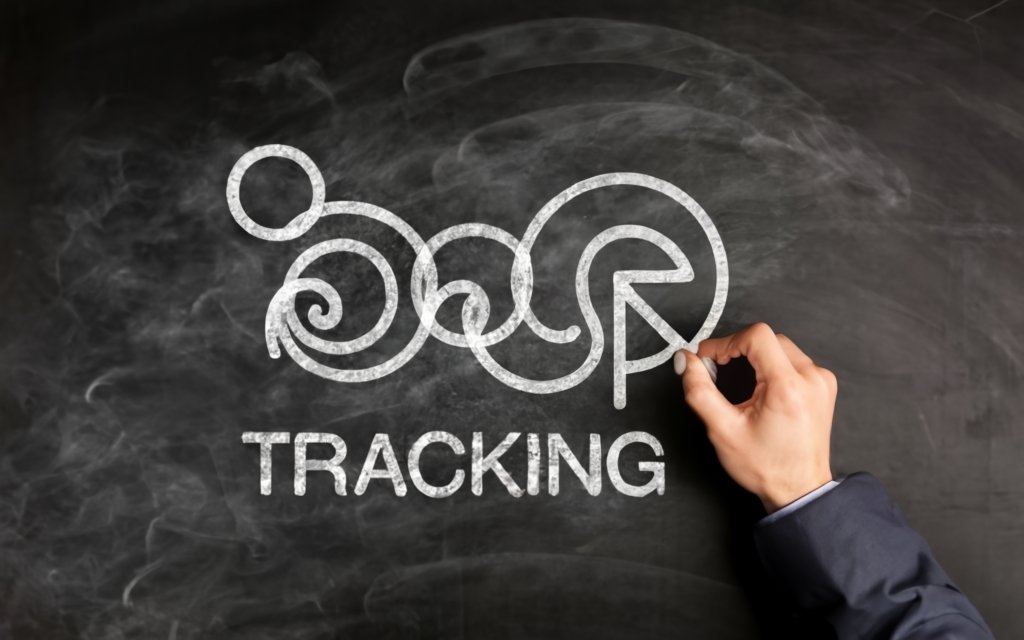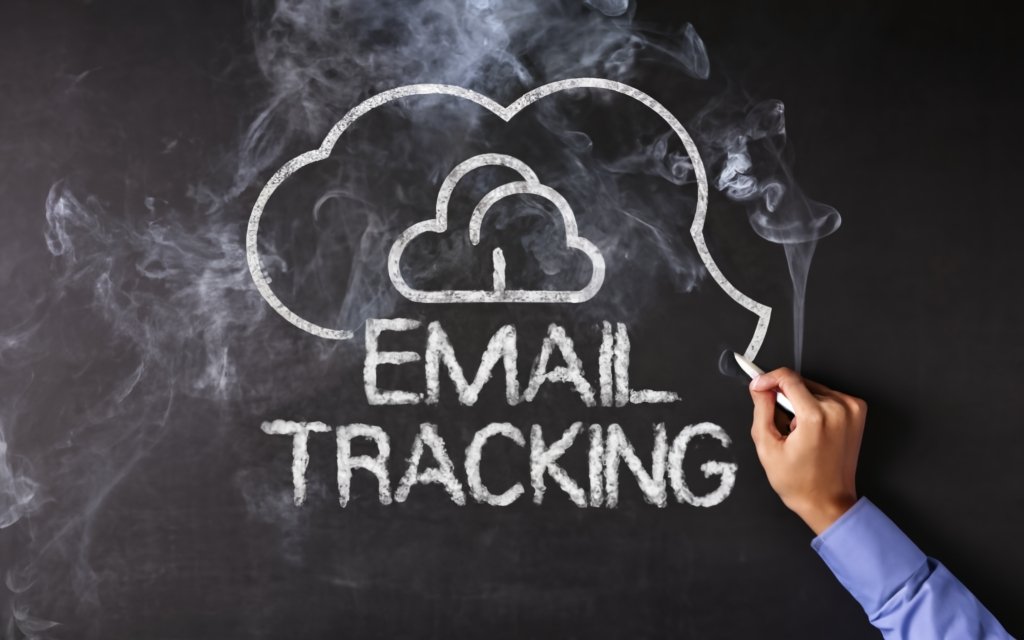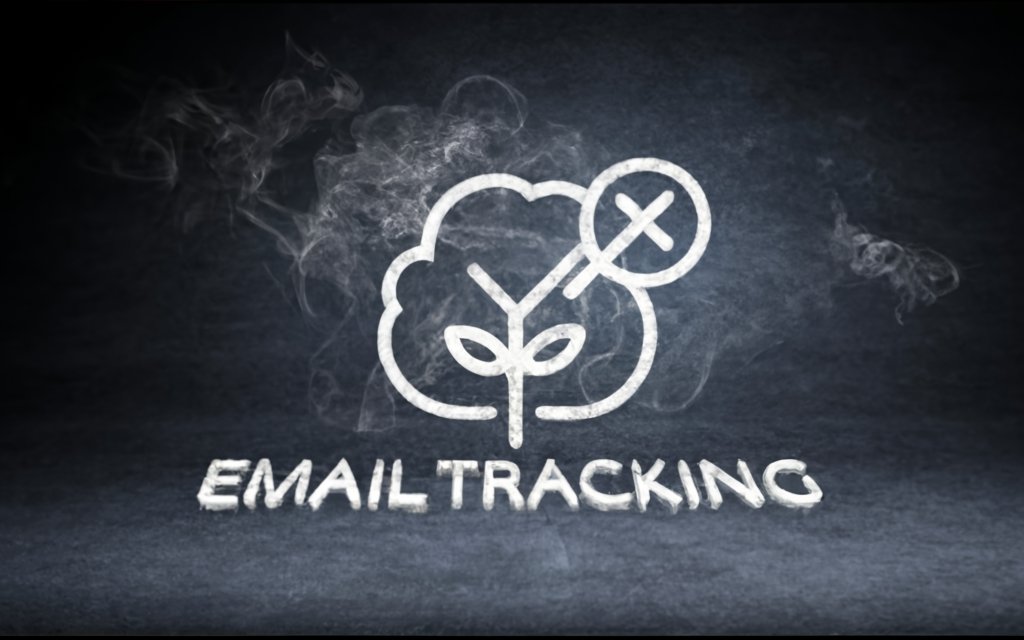Email tracking can transform your Outlook productivity. But endless tracking and metrics don’t always equate to better communication. Mastering Outlook email tracking is about being selective, respecting recipients, and thoughtfully applying insights. This guide explores the tracking tools available, best practices for leveraging data, and tips to boost your email game without compromising inbox experience. Arm yourself with information to track like a pro.
Understanding Tracking Options in Outlook
Email tracking can be invaluable for understanding how your recipients interact with your messages. Microsoft Outlook provides two main options for tracking emails – delivery receipts and read receipts. Knowing the difference between these tracking options allows you to choose the right tool for your needs.
When it comes to email tracking, think of delivery receipts as the registered mail of the digital world. A delivery receipt simply confirms that your email successfully arrived in the recipient’s inbox. However, it doesn’t tell you if your message was actually read.
For that extra layer of confirmation, you need a read receipt. This handy option notifies you when an email is opened, sort of like getting the return receipt with certified mail.
So which tracking option should you use? Here’s an overview of how they work:
Delivery Receipts: The Brass Tacks
Enabling delivery receipts in Outlook requests a notification from the recipient’s email server when your message is delivered to their inbox. If you receive the receipt, you can rest assured your email has safely arrived.
However, delivery receipts have a few limitations:
- Recipient’s email server must support delivery receipts. Not all servers are configured to send them.
- The receipt confirms delivery only, not if the recipient actually read the email.
- Bounced messages or delivery errors will be indicated, but successful delivery may show nothing.
- The receipt comes from the recipient’s email server, not their individual inbox.
Read Receipts: Proof They Opened It
Requesting a read receipt triggers a notification to the recipient asking them to confirm by sending a receipt when they open your email. If they agree, you’ll receive confirmation showing the message was opened.
Some key points about read receipts:
- Recipients can decline to send receipts, so no response doesn’t guarantee emails are unopened.
- Allows recipients to opt-out of future read receipt requests.
- Provides open confirmation at an individual inbox level.
- Only indicates the email was viewed, not necessarily thoroughly read.
- Available in Outlook’s desktop, web, and mobile apps.
Enabling Tracking in Outlook
Outlook makes it easy to enable email tracking both globally and on individual messages.
To track all sent emails:
- Go to File > Options > Mail
- Under Tracking, check the box for delivery and/or read receipts
To track a specific email:
- Open a new email and select the Options tab
- Check “Request a Delivery Receipt” and/or “Request a Read Receipt”
For optimal results, be selective about which emails you track rather than blindly enabling it for all messages. Limiting tracking can help avoid inundating recipients with requests or compromising their email experience.
View Tracking Status
Wondering if your tracked emails were opened? Outlook provides visibility into their status.
For delivery receipts, open the original sent message. If a receipt arrived, details will display under the Tracking button.
For read receipts, the response from recipients will be delivered to your inbox as a new message.
Carefully enabling email tracking in Outlook provides insight into how your recipients engage with your messages. Choose tracking options based on your specific needs to optimize the experience for everyone.

Using Third-Party Tools for More Robust Tracking
While Outlook offers basic email tracking capabilities, its native features have some limitations. For more powerful analytics and insights, many users turn to third-party tracking tools and plugins. These solutions unlock a robust set of tracking and productivity features to take your Outlook email game to the next level.
Going beyond Outlook’s built-in options, third-party tracking tools provide:
Granular Tracking Metrics
Outlook shows you basic open and delivery data, but advanced tools dig deeper. Here are some of the key metrics available:
- Open tracking – See who opened your email and how many times.
- Click tracking – Get notifications when recipients click links or downloads.
- Response tracking – Monitor if and when recipients reply.
- Engagement tracking – Check reading time, scroll depth, and more.
Productivity Analytics
Robust analytics provide insights into your own email productivity, not just recipient engagement. Track stats like:
- Emails sent and received per day/week/month
- Average response times and trends
- Words typed per message
- Time spent in inbox vs. sending
- Emails waiting for follow-up
Customized Notifications
Stay on top of recipient engagement with instant desktop notifications when your emails are opened, links clicked, or marked as spam.
Email Campaign Tracking
See overall performance for email outreach campaigns, segments, or recurring newsletters. Identify your best content.
CRM and Support Tool Integrations
Sync tracking data with your existing business systems like Salesforce, Zendesk, HubSpot, and more.
Expanded Reporting
Get custom reports on all tracked email data. Export to share across your organization.
Enhanced Deliverability
Warm up outreach and increase inbox placement with dedicated warmup tools.
Compliance and Privacy
Maintain email privacy while still leveraging insights through aggregated tracking.
Well-known third-party tracking tools like Mixmax, Mailtrack, Streak, and Yesware integrate seamlessly with Outlook to provide these advanced capabilities. The right solution depends on your specific needs and budget. But no matter which you choose, they offer more powerful tracking than Outlook alone.
The additional visibility and insights unlocked by third-party tracking enable better communication, informed decisions, and data-driven strategies for email success.

Tips for Effective Email Tracking
Email tracking can provide a wealth of data to optimize your outreach and communication. But more tracking isn’t necessarily better. Applying tracking thoughtfully and selectively is key to balancing insights with inbox experience.
Here are some best practices for tracking professionally and effectively:
Decide What to Track
Before enabling any tracking, clearly define your goals and determine what data would be most impactful. Tracking everything by default can create unnecessary noise.
Some questions to consider:
- What metrics align to my KPIs? Response rate? Click-throughs?
- What data can inform my outreach strategy? Engagement trends? Response times?
- What level of tracking (open, click, etc.) will provide useful insights?
- Who are my most strategic recipients to track? Prospects? Team members?
Respect Recipient Preferences
Always give recipients a choice in read receipt tracking. Avoid forcing tracking without consent, as this can seem invasive.
Allow opt-outs for recipients who don’t wish to be tracked. This maintains a positive experience for your contacts.
Track Selectively
Strategic, limited tracking avoids over-burdening recipients with constant tracking requests. Consider:
- Only tracking your most important prospect outreach emails rather than all correspondence.
- Testing the waters with new contacts before tracking all their emails.
- Tracking different recipient groups separately based on communication goals.
Leverage Tracking Insights
Put your tracking data to work optimizing future communications. Some ideas:
- Improve outreach timing by sending at times your prospects open most.
- Develop better subject lines and preheaders based on high open rates.
- Double down on content and offers that perform well.
- Follow up quickly on messages recipients open but don’t respond to.
Maintain Context
Always interpret tracking data in the full context. More opens don’t always mean better engagement. Consider factors like:
- Recipient’s typical email habits
- Length of prospect relationship
- Communication cadence and goals
- Variations in message style and purpose
With a thoughtful approach, selective tracking can boost email productivity and connections without compromising recipient trust. Focus tracking efforts on your highest-value targets and use key metrics to continually refine your outreach.

Email Tracking Integrations and Workflows
To fully leverage the power of email tracking, it’s important to connect the data to your existing tech stack and workflows. Robust integrations allow tracking tools to sync with other systems for automation, reporting, and more in-depth analysis.
CRM Integrations
By integrating your email tracking tool with your CRM, tracking data can populate right on your contact and lead records. This provides richer context for prospect interactions.
Popular integrations include:
- Salesforce – Sync open, click, and reply tracking metrics.
- HubSpot – Log emails and track engagement activity.
- Dynamics 365 – Connect tracking insights into contact timelines.
- Zoho – Embed tracked email details directly on CRM records.
Marketing Automation
Leverage email tracking data to trigger customized marketing workflows like:
- Sending follow-up or promotional messages when a recipient opens or clicks.
- Creating or scoring leads based on engagement activity.
- Segmenting contacts based on their response patterns.
Tools like Mailchimp, Marketo, and ActiveCampaign integrate with various tracking platforms.
Custom Reporting and Dashboards
Most standalone tracking tools have robust reporting features baked in. But you can also export tracking data to build fully customized reports.
Options include:
- Tailored reports focused on specific metrics or recipient groups.
- Dashboards that highlight key tracking KPIs for top-level visibility.
- Scheduled reporting to distribute insights on a cadence.
Email Warmup for Deliverability
Warming up an email address before outreach involves sending non-commercial emails to safely build sender reputation. This minimizes the risk of spam filters blocking or deprioritizing your cold emails.
Specialist warmup tools like Mailshake, Lemlist, and Woodpecker integrate with tracking platforms to optimize deliverability. Key features include:
- Automated email address warmup.
- Warmup inbox testing and quality monitoring.
- Warm sending protocols to maintain sender score.
Effective tracking is about more than data points alone. True optimization requires connecting insights across platforms and processes to inform strategic actions. This enables teams to execute quickly on the most valuable engagement opportunities.

Key Takeaways for Mastering Email Tracking in Outlook
Email tracking can transform your Outlook productivity and outreach when applied strategically. Keep these tips in mind:
- Know the difference between delivery receipts and read receipts to choose the right tracking for your needs.
- Enable tracking selectively rather than defaulting to track all emails. Focus on high-value prospects and campaigns.
- Use third-party tools for more robust tracking features beyond Outlook’s basics. Explore key metrics like open rates, response times, and email productivity.
- Integrate tracking data into your CRM and marketing automation systems. Sync insights across platforms to optimize workflows.
- Always respect recipient preferences and consent when tracking. Avoid overusing read receipts.
- Set tracking goals aligned to your KPIs. Use data-driven insights to refine email approach, timing, content and more.
- Interpret tracking insights in context. More opens or clicks doesn’t necessarily mean better engagement. Consider qualitative factors.
- Use warmup tools to improve deliverability for cold outreach. Safety build sender reputation before blasting prospects.
With an intentional tracking strategy tailored to your needs, you can take your Outlook email game to the next level. Prioritize meaningful metrics, respect recipients, and act on insights to connect better.
Frequently Asked Questions About Email Tracking in Outlook
Still have some questions around maximizing your Outlook email tracking? Here are answers to some common FAQs:
Q: Can recipients tell I’m tracking emails in Outlook?
Recipients will only be notified about read receipt tracking. With other tracking methods like pixels, they won’t know you’re collecting data.
Q: Is there a limit to how many emails I can track?
Outlook doesn’t limit native tracking. Third-party tools may have caps depending on the plan. Generally you can track as many emails as you’d like.
Q: How quickly will I see tracking results?
It varies based on the tool, but most display tracking data in real-time. Expect to see opens, clicks and replies show up within a few minutes.
Q: Can I track emails from my phone?
Yes, both Outlook’s native tracking and third-party tools work across desktop, web and mobile apps. Enable tracking before sending.
Q: Do tracked links expire after a certain time period?
Link tracking is typically available for as long as analytics data is stored by the tracking platform. This could be months or years.
Q: Will all recipient emails show tracking data if enabled?
Not necessarily. Some domains and inboxes may not be tracked accurately. Data will only appear for valid addresses that render the tracking pixels/code.
Q: Can I undo email tracking if I change my mind?
You cannot undo native Outlook tracking once enabled. For third-party tracking, you can opt-out individuals via their email preferences.
Q: Is there a way to track email responses too?
Yes, some tools provide two-way tracking or conversation tracking that allows you to view opens, clicks, and replies over a thread.
Carefully tracking your most important Outlook emails provides visibility into engagement and productivity. Focus tracking on your highest-value communications for optimal insights without overdoing it.
